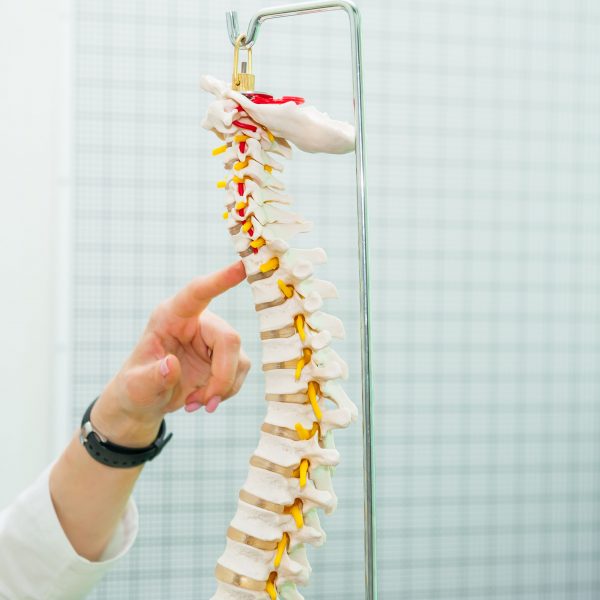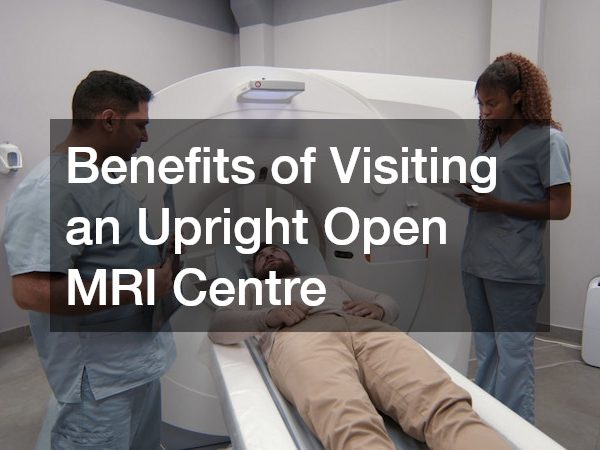What exactly is a bone graft, and what is its role in dental implants Bondi Junction?

What is a bone graft?
A bone graft is a surgical process by which part of a bone is transported and placed in another area to repair damaged or diseased bone.
Why would a bone graft be needed?
In relation to oral implants, a bone graft would be considered by your dentist if you have a jawbone that is not necessarily degenerating due to illness but is still very thin. This is more common if you have had a tooth extracted and the jaw has shrunk back or if you have worn dentures for a long period.
The bone graft can be placed under the gum where the implant is to be fitted, and then, depending on the source of the graft, it may be injected with proteins to help it fuse. Once fused, implants can be attached to the jawbone as it will be thick enough to support them.
Caring for your bone graft
Generally, caring for a newly fitted bone graft is not too taxing.
You should aim to keep the site clean by using saltwater as required to remove debris and bacteria; this will also prevent the gums from becoming infected.
There is likely to be some discomfort after your bone graft has been fitted, and so you should invest in some over-the-counter pain medication to help manage this. You can talk to your dentist about the most suitable type of pain reliever, but generally, you should avoid ones that can thin the blood, such as aspirin.
If you smoke, you should try to cut down or even quit; smoking exposes the now partially open area in your mouth to carcinogens and other chemicals, which can increase the risk of infection.
It is also important to attend follow-up appointments with your dentist so that they can check whether the bone graft is fusing correctly and not being rejected.
Complications
A key issue that can occur with bone grafts, especially synthetic ones, is that of rejection by the body; hence why many dentists are more eager to use bone from a different part of your body as the chances of rejection drop. Studies have found that rejection is more likely to occur if the bone graft is larger.
There is a slight risk of infection, but provided that you care for the area where the bone graft was fitted correctly and stay in regular communication with your dentist, this is unlikely to occur.
Where is the graft obtained from?
In most cases, your dentist will seek to use bone from your own body as this will decrease the chance of rejection.
The areas preferable for this process include the hip and the shin. In some clinics (or in cases where there is less bone in these areas), the dentist may wish to use a graft made from animal materials or an entirely synthetic bone injected with proteins that will help with the fusing process.
If there is an issue with the bone graft fusing, your dentist will likely discuss different restoration methods with you.
DISCLAIMER
Any surgical or invasive procedure carries risks. Before proceeding, you should seek a second opinion from an appropriately qualified health practitioner.






